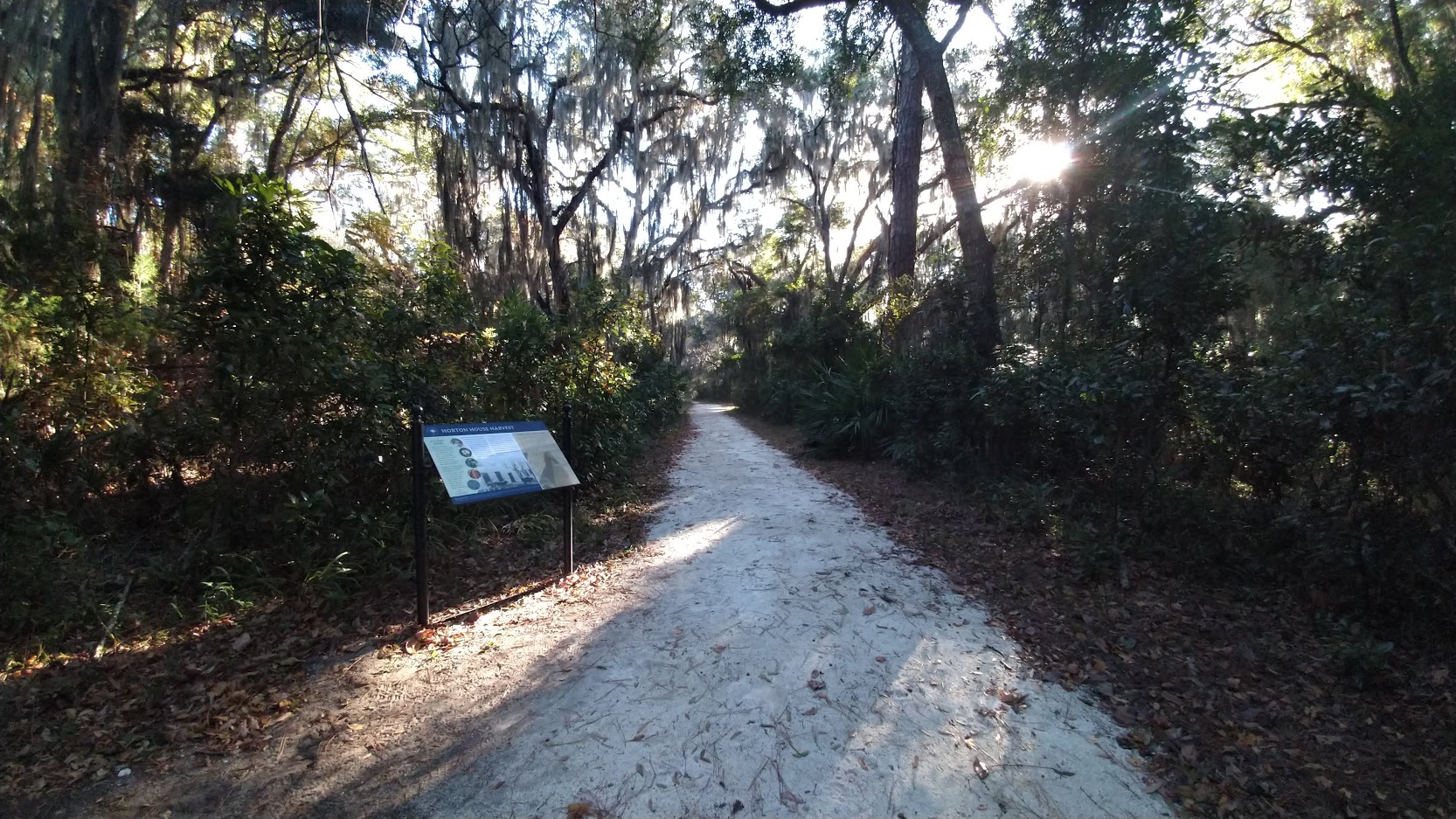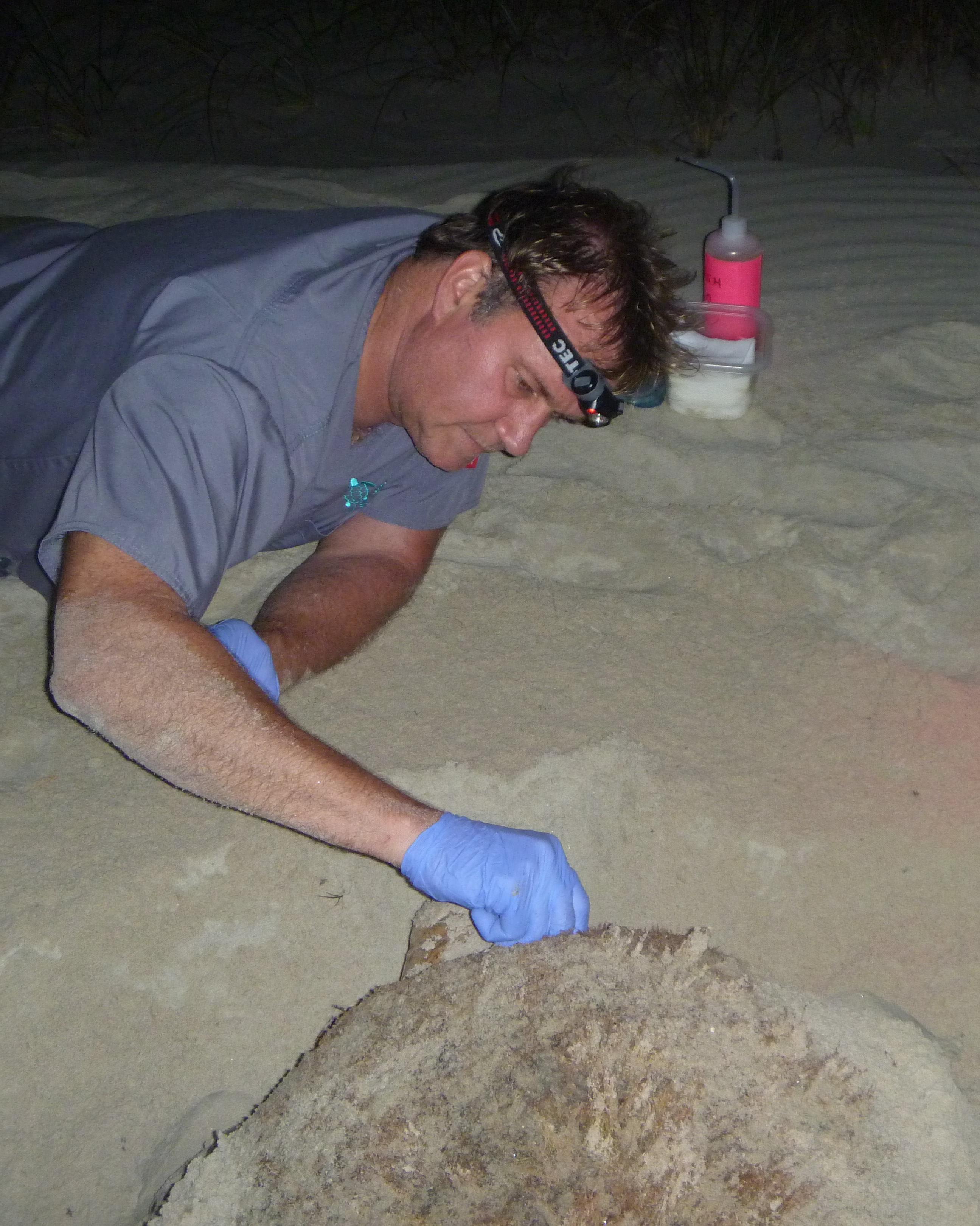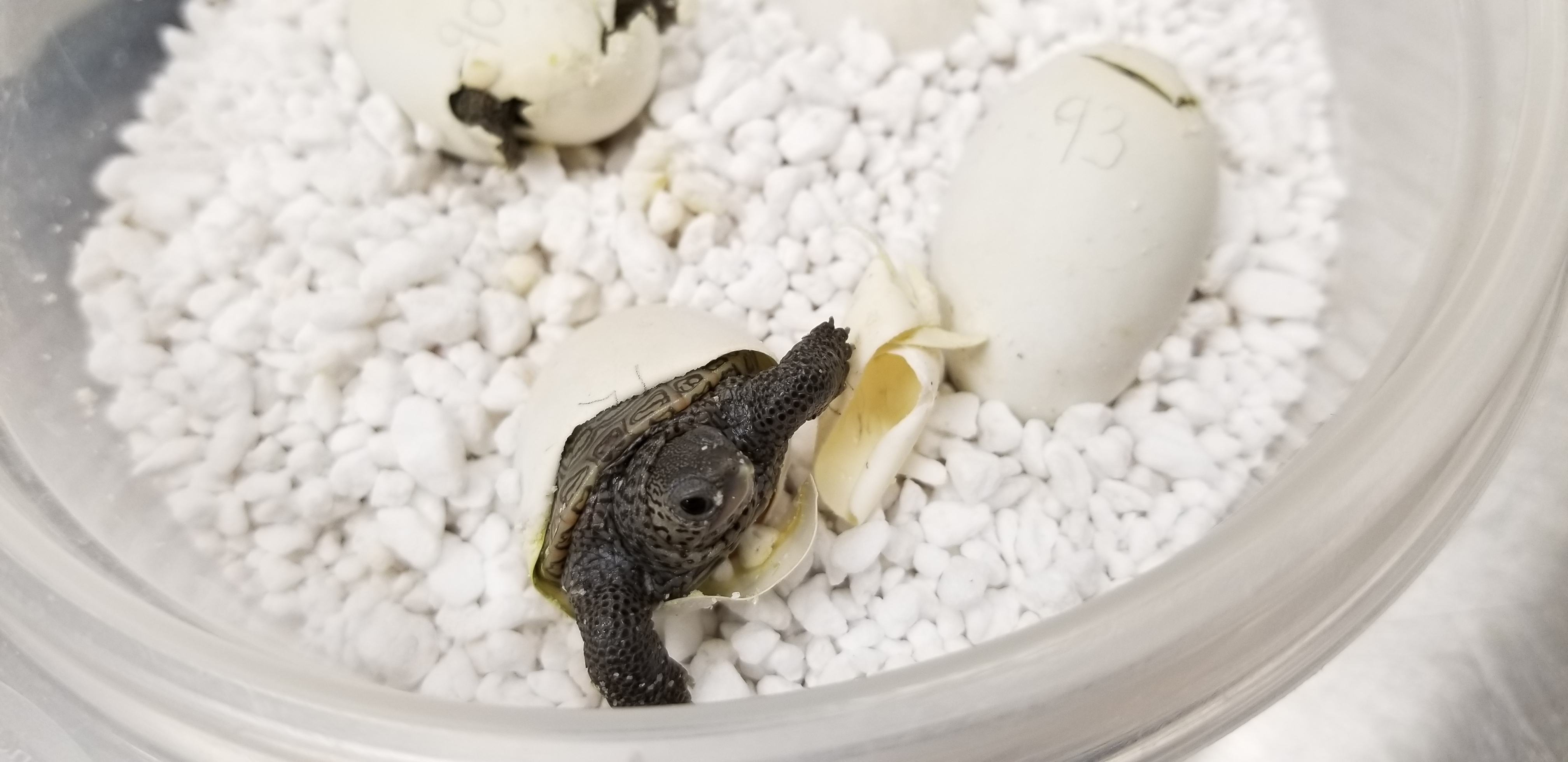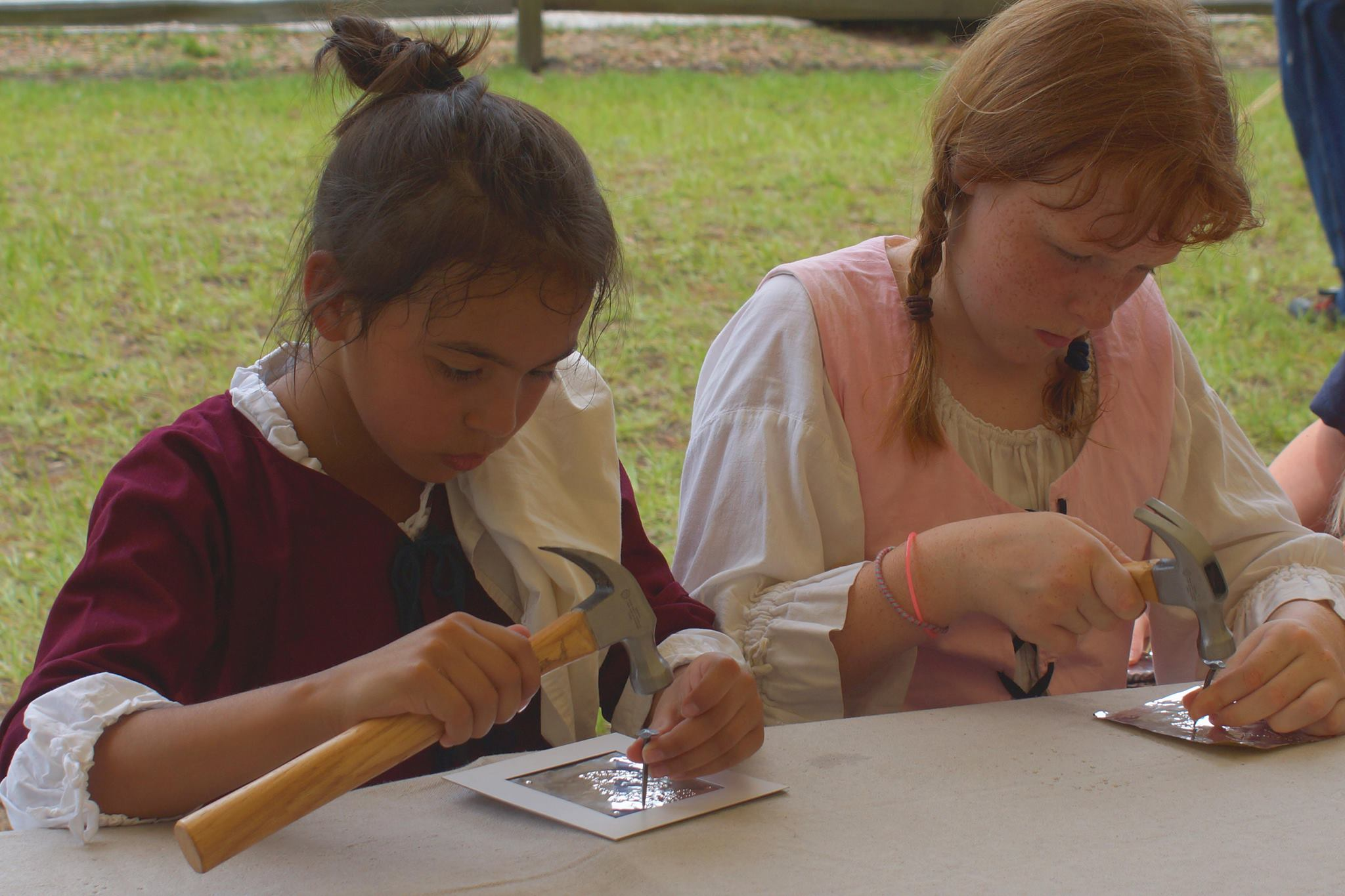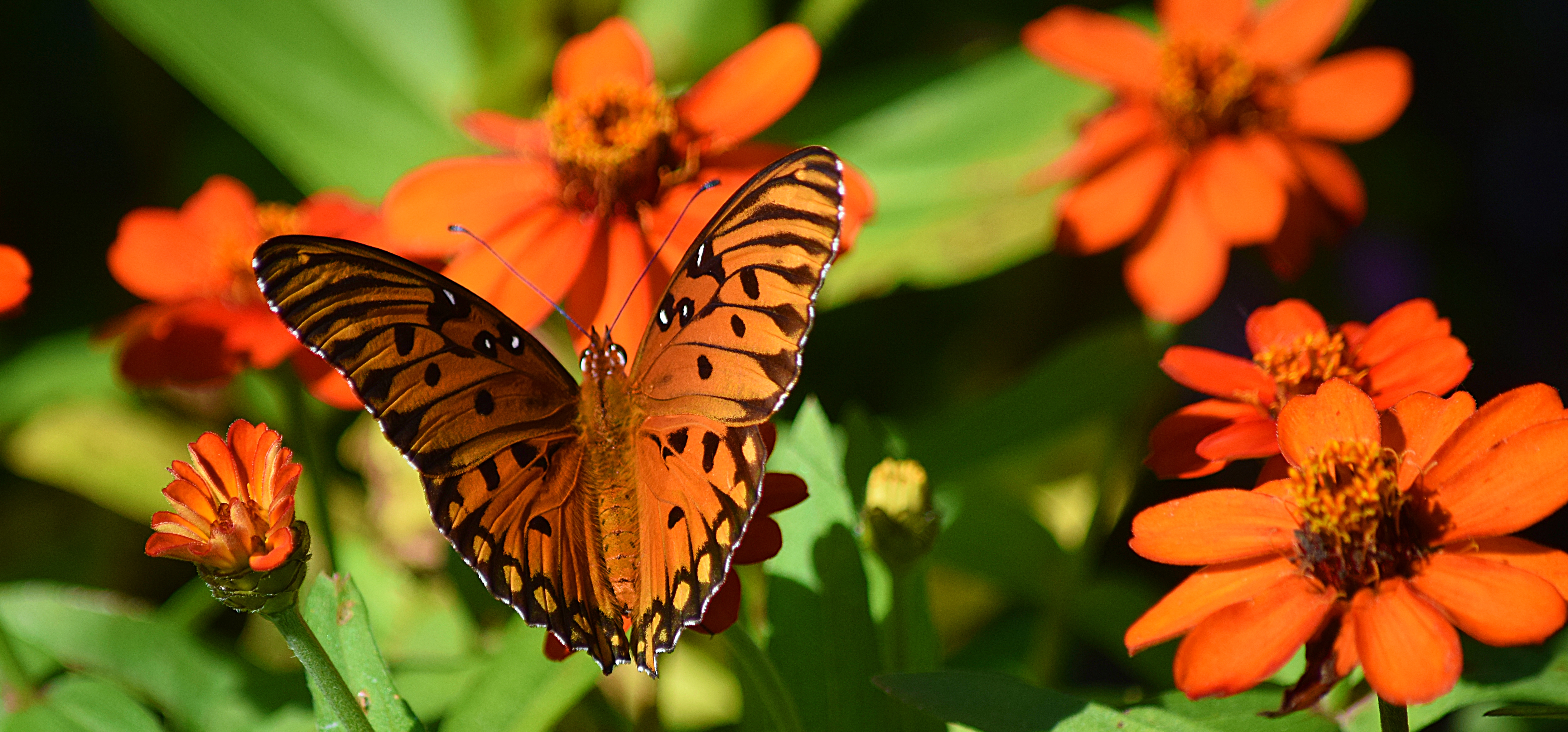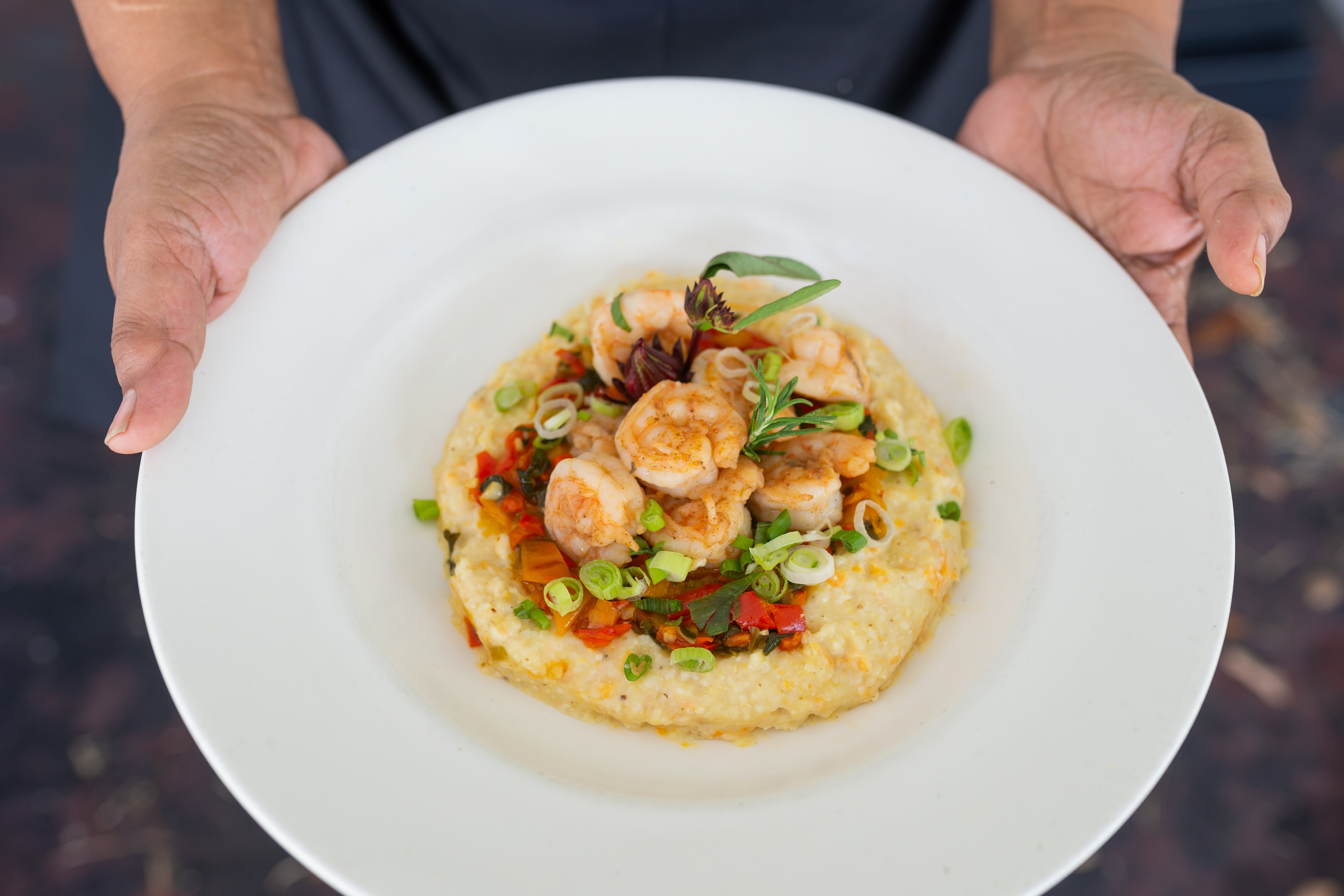Through a generous gift from an anonymous donor, Jekyll Island Foundation (JIF) funded the materials necessary for Jekyll Island Authority (JIA) to improve Major Horton Road, now a multi-use trail closed to vehicle access that crosses the island and connects the Horton House colonial site to the Horton Pond wildlife-viewing area – building upon the success of that prior JIF project.
While installing the final element of this project, a water control structure that will allow JIA conservation staff to manage water levels and prevent saltwater intrusion in the freshwater wetland crossed by the trail, Conservation Land Manager Yank Moore made an exciting find. Knee deep in mud below the base of the trail, his shovel struck an object as hard a concrete.
Once pulled from the mud and carefully transported to JIA Historic Preservationist Taylor Davis for cleaning and inspection, the object revealed itself to be a large piece of pre-1870 lime tabby originating either from the Horton colonial-era or DuBignon plantation-era of the island. The piece had been coated on one side with more modern, Portland cement indicating that it may have once been part of an early Jekyll Island Club era restoration effort of the Horton House.
So, how did it end up 2,000 feet away from the Horton House site? No one can say for certain, but its presence gives an important clue to narrow down the age of the trail/road. Long a matter of speculation, it had been thought that Major Horton Road may be one of Jekyll’s oldest routes – a tempting theory due to its direct connection to the island’s oldest building. However, the road does not appear on maps until 1918, during Jekyll Island Club days. The tabby recovered from the wetland crossing is a strong indication that road may have been built by the Club.
A more compelling narrative now suggests that the tabby piece, having been rejected for whatever reason as a component of the Club’s Horton House restoration, was repurposed as a component of the original Major Horton Road construction to stabilize the wetland crossing. At that time, the tabby would likely have been seen only as a convenient piece of debris.
Today, it helps reveal the history of a road that, though perhaps not as old as might have been imagined, is nonetheless over 100-years young and, thanks to philanthropic support through JIF, is once again an attractive way for visitors to cross the island and visit two popular and interesting destinations, one cultural and the other natural.
To learn more about conservation and historic research, or to donate, click here.
